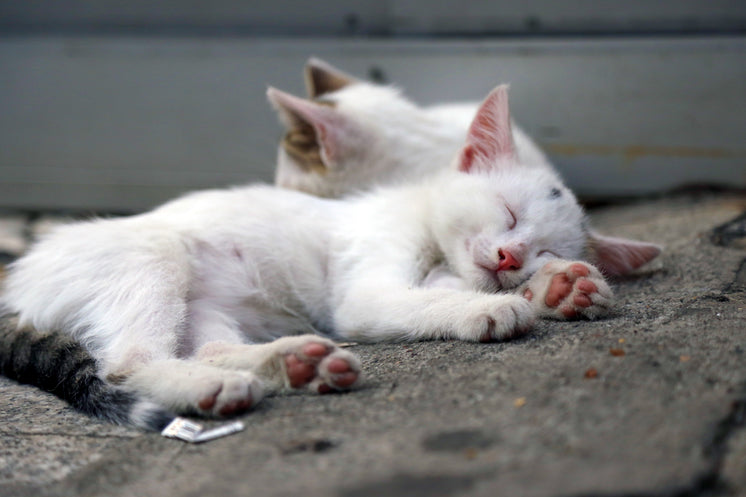Caring for Multi-Cat Households: Cat Litter Factors To Consider
Caring for Multi-Cat Households: Cat Litter Factors To Consider
Blog Article

Cat litter and litter boxes play a critical function in the lives of both cats and their owners. From the humble starts of sand and soil to the innovative improvements of today, the world of cat litter has developed substantially. In this thorough guide, we delve into every aspect of cat litter and litter boxes, exploring their history, types, benefits, difficulties, and whatever in between.
The history of cat litter go back centuries, with ancient civilizations utilizing sand, soil, and even ashes as primitive litter products. Nevertheless, it wasn't up until the mid-20th century that modern-day cat litter as we understand it emerged. In 1947, Edward copyright presented the world's very first business cat litter made from absorbent clay, revolutionizing the way cats relieved themselves indoors. Ever since, cat litter has undergone numerous changes, with the introduction of clumping litter, silica gel litter, biodegradable options, and more.
Today, cat owners are spoiled for option when it pertains to picking the ideal litter for their feline buddies. Traditional clay litter stays popular for its price and efficiency in taking in odors. Clumping litter, which forms solid clumps when wet, simplifies cleaning and upkeep. Silica gel litter, made up of extremely absorbent silica crystals, provides exceptional odor control and durability. Eco-friendly alternatives, such as recycled paper, wood pellets, corn, and wheat, interest ecologically conscious consumers.
Each kind of cat litter uses distinct advantages. Clay litter masters its ability to soak up wetness and control odors, making it a reputable choice for many feline owners. Clumping litter streamlines everyday scooping and extends the time between total litter modifications. Silica gel litter provides exceptional smell control and can last longer in between replacements. Naturally degradable litters offer a sustainable option that lessens environmental effect.
While cat litter improves indoor feline hygiene, it is not without its obstacles. Dust from clay litter can posture respiratory risks for both felines and people, prompting the cat litter alternatives appeal of dust-free alternatives. Some felines may develop litter box hostility due to issues with texture, aroma, or cleanliness, necessitating experimentation with various litters and box configurations. Multi-cat households might require tactical litter box placement and regular maintenance to avoid territorial conflicts and ensure all felines have access to clean centers.
Selecting the proper litter box is vital for promoting positive litter box routines and overall feline wellness. Factors to think about include size, availability, and design choices. Covered litter boxes provide personal privacy and help include odors, but some felines may discover them confining or daunting. Open-top litter boxes use easy gain access to and visibility however may result in more litter scatter. Automatic self-cleaning litter boxes simplify maintenance however require regular tracking and upkeep.
Appropriate litter box upkeep is crucial for guaranteeing a tidy and inviting environment for both felines and their owners. cat litter Daily scooping removes waste immediately, minimizing odor and preventing litter box hostility. Regular litter replacement, usually every 1-2 weeks, avoids bacterial buildup and preserves optimum absorbency. Extensive cleansing with mild detergent and water, preventing extreme chemicals that may discourage felines from utilizing the box, cat litter tray ought to be carried out monthly.
Cat litter and litter boxes play a main role in promoting a healthy and unified relationship in between felines and their human companions. With a diverse variety of litter alternatives and litter box styles available, cat owners have the flexibility to customize their choices to suit their cats' choices and family requirements. By understanding the evolution, types, benefits, and difficulties of cat litter and litter boxes, animal owners can provide their feline buddies with a comfy and sanitary indoor environment.